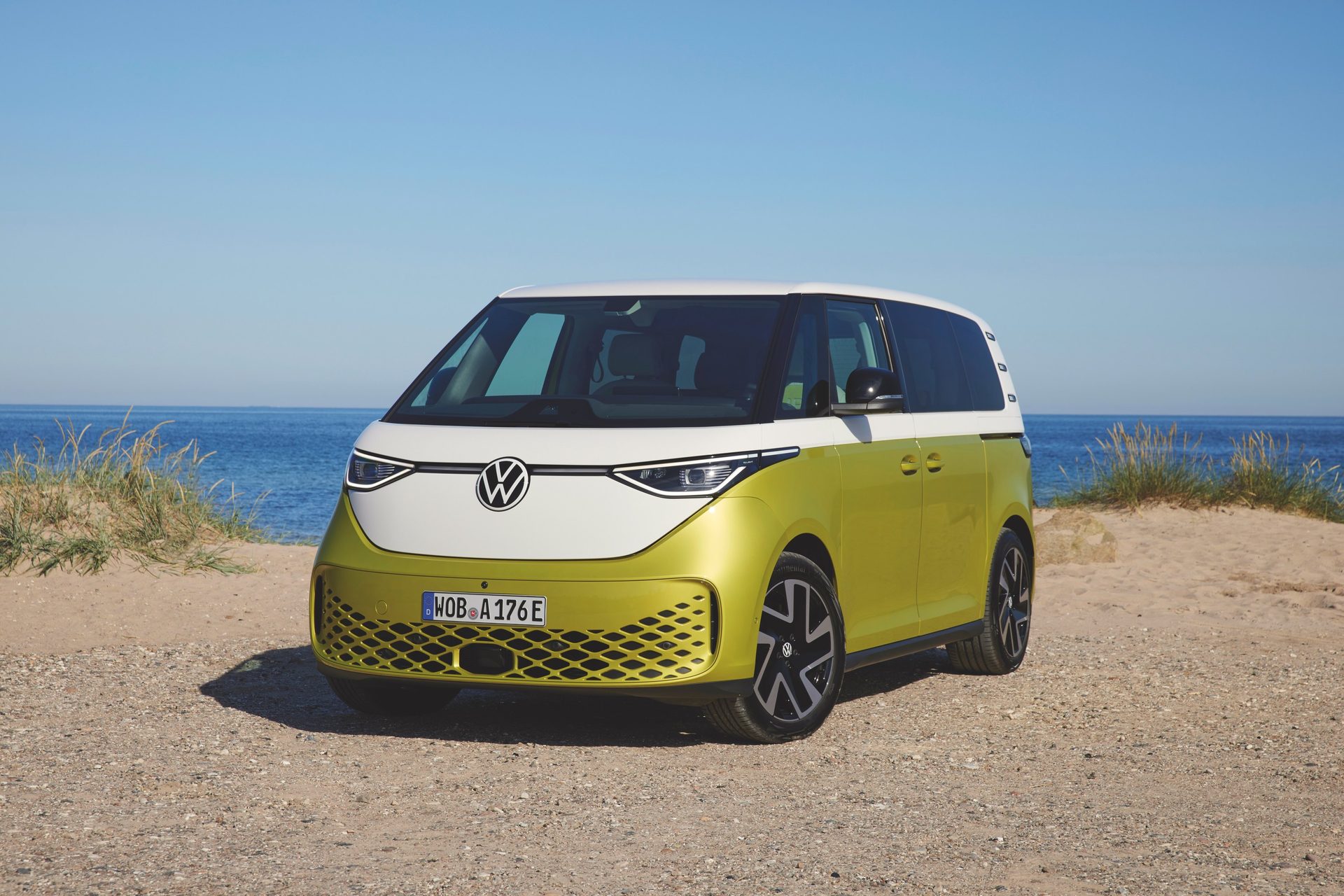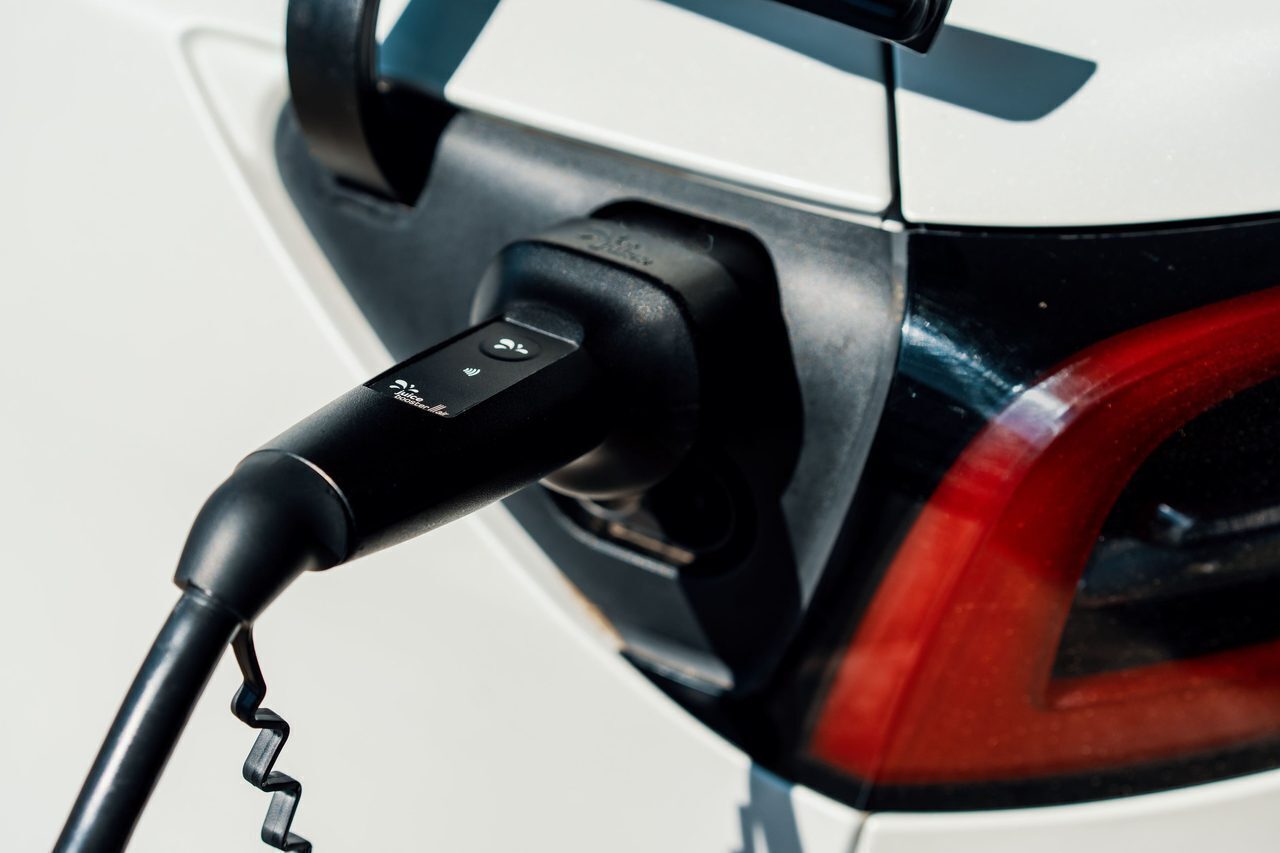CHARGED & READY TO ROLL
The majority of Canadians are planning to make their next vehicle an EV. What about you?
Electric vehicles are hot right now. Sales are booming and public opinion in Canada has shifted in their favour.
Making the switch from gasoline- to battery-powered cars, however, is a giant leap for drivers, many of whom have big questions about how an electric vehicle might fit into their lives.
We’ll get to a few of those key questions, but first it’s worth taking a closer look at how this transition is going. Electric vehicles (EVs)—also known as battery electric vehicles, or BEVs—are a small but rapidly growing slice of Canada’s automobile market.
EVs account for 7 per cent of all new vehicles sold in this country, up from just 1.9 per cent in early 2019, according to the latest figures from market research firm S&P Global.
At a high level—and this has been pretty consistent for a few years now—roughly six in ten Canadians are inclined to buy an EV over a gas car when they purchase their next vehicle, with roughly three in ten being certain of that decision.
Trevor Melanson, a spokesperson for Clean Energy Canada, a think tank at Simon Fraser University.
Changing Minds
There are a multitude of reasons why public opinion is shifting, but the simple fact is that EVs improved so fast and so much that nobody can ignore them anymore. They’re among the best, most exciting machines on the road these days.
Not only that, but EVs now also come in more shapes and sizes, with more range and at more price points. Ford’s electric F-150 Lightning pickup, with its front trunk and ability to provide power in an electrical outage, is rolling of production lines now, although not fast enough to meet booming demand.
Almost every major automaker has, or will soon have, an electric SUV in Canadian showrooms. Even Rolls-Royce is gearing up to deliver its first EV later this year. Younger companies, like Tesla, Lucid, Rivian, Polestar, Fisker and Canoo, offer compelling alternatives to older brands as well, giving buyers yet more choice. Another factor driving interest in EVs is the price of gas.
Check out CAA’s online EV Buyer’s Guide.
– For a comprehensive list of current and upcoming models available in Canada.
Often, the higher the gas prices, the higher the interest in EVs.
Baris Akyurek - Director of analytics at autoTrader.ca
In the wake of the Russian invasion of Ukraine, for example, when gas prices skyrocketed to over $2 a liter in 2022, Akyurek said their website saw an 89 per cent increase in searches for EVs.
Are EV's Really Cost-Effective?
With regular gas still well over $1 a litre, the short answer is yes—for many (but not all) drivers, an EV will be cheaper in the long run, despite typically having a higher purchase price than an equivalent gas-powered car. Ryan Peterson, CAA’s manager of automotive services, estimates he saves roughly $550 per month on gas driving a Tesla Model Y instead of his pickup. He reckons the Tesla will offset its higher purchase price in fuel savings quite quickly. His father, however, who has a fuel-sipping 2019 Hyundai and doesn’t drive much, probably wouldn’t break even buying an EV, Peterson points out. Every driver’s calculation is different.
CAA’s online Driving Costs Calculator
CAA’s online Driving Costs Calculator can help you figure out whether an EV will ultimately be cheaper for you, taking into account variables such as annual mileage, depreciation, vehicle cost and the cost of gas and electricity.
EV owners save money on maintenance, too. Because electric cars have fewer moving parts, there’s less to fix. All there is to do is brake and tire maintenance and, occasionally, change the cabin air filter, according to Peterson. Survey data from hundreds of thousands of drivers, published in 2020 by Consumer Reports, found that EV drivers spend 50 per cent less on maintenance and repairs.
Ranging Farther
New EVs, like the Hyundai Kona and Chevrolet Bolt, cost under $40,000 (including the $5,000 federal EV incentive) and offer 400 kilometres or more of driving range. Each model year brings new vehicles with more range. Nevertheless, in a 2022 survey by AutoTrader.ca, limited driving range was still the top reason shoppers didn’t consider buying an EV.
As many EV owners will tell you, range anxiety is real, but it fades quickly.
It disappears. Everyone I’ve talked to, after a few weeks or months, they get it.
Ryan Peterson, CAA’s manager of automotive services
The ability to charge at home every night means you start every morning with a full “tank” of electricity.
If, however, like millions of Canadians you don’t have space to plug in a vehicle overnight, recharging can be a hassle. And if you live in a rural area or frequently travel to one, you’ll find charging infrastructure is often lacking there, too, Peterson cautions. A study conducted for Natural Resources Canada in 2022 recommended a “significant acceleration” in the rollout of charging infrastructure and highlights “the benefits of taking aggressive actions to improve home-charging access.” This would surely help ease any lingering range anxiety and it will be crucial in order for Canada to meet its EV sales targets.
At a high level—and this has been pretty consistent for a few years now—roughly six in ten Canadians are inclined to buy an EV over a gas car when they purchase their next vehicle.
Outlook for 2035
The federal government has mandated that, by 2035, all new light-duty vehicles sold should be zero-emission vehicles (ZEVs), a category that includes pure EVs as well as plug-in hybrids and hydrogen fuel-cell vehicles. ZEVs made up 8.4 per cent of the market as of September 2022, so we’ve got a long way to go.
Our outlook for ZEV sales in Canada is one of growth obviously—though likely not as fast as the federal government would like. ZEV supply is poor, currently, for many models and will be slow to improve.
Andrew King - a managing partner at Canadian market research firm DesRosiers Automotive Consultants
In other words, shoppers should still expect lengthy wait times for popular EVs. “There is strong global demand for ZEVs and not enough [production] capacity available yet,” King adds. Imagine that. We’ve gone from having not enough demand for EVs to having so much that there aren’t enough factories to churn them out fast enough.
3 Hot Upcoming EV's
HYUNDAI IONIQ 6
Available spring 2023.
Price, range TBD.
Features: “streamliner” design and rear-or all-wheel drive.
CHEVROLET SILVERADO EV RST FIRST EDITION
Available 2024. Price: $119,948.
Range: up to 640 km.
Features: up to 754 horsepower and four-wheel steering.
VOLKSWAGON ID. BUZZ
Available 2024. Price, range TBD.
Features: 5, 6 or 7 seat options and panoramic views.



